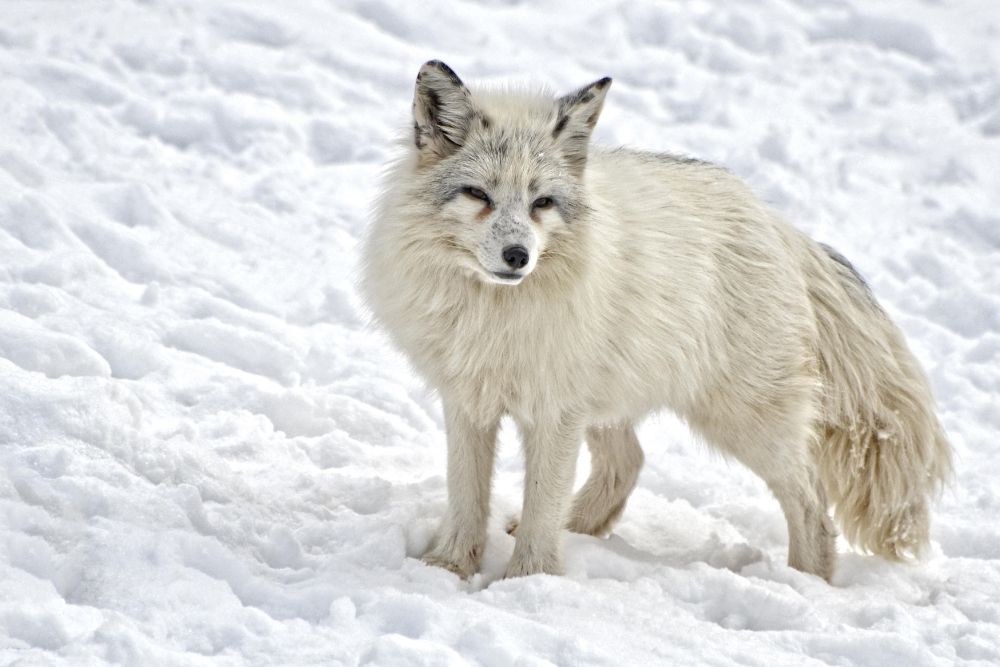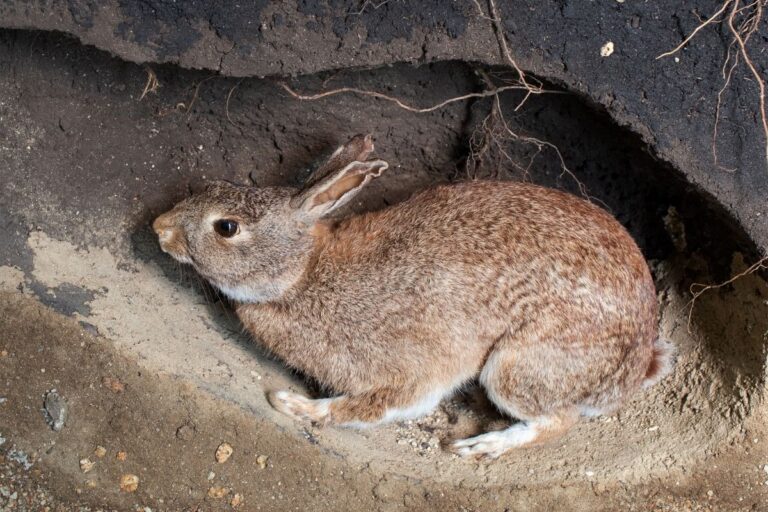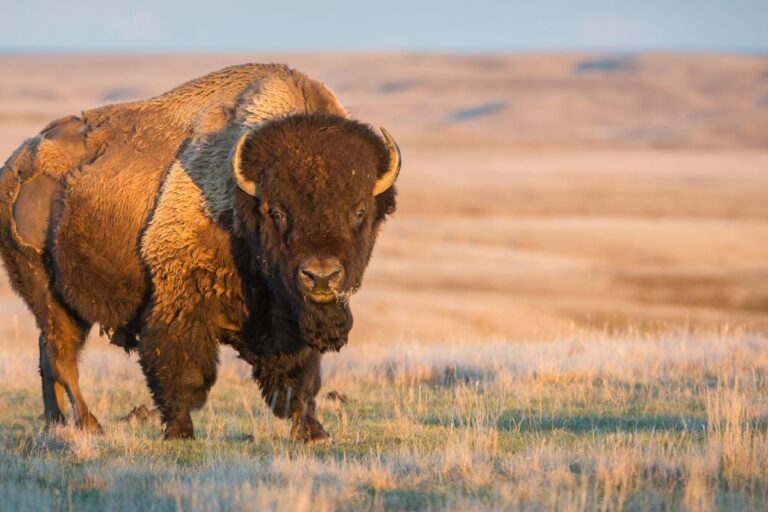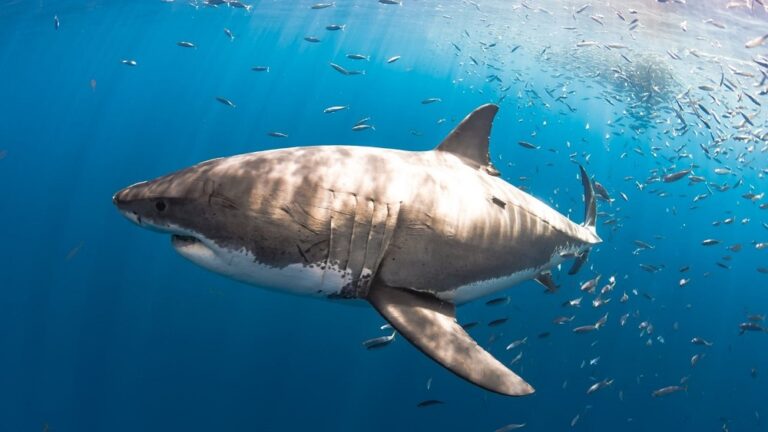Animals That Live In The Tundra
Last Updated on December 27, 2021 by
Our planet is the home of countless unique creatures. However, some parts of the Earth are less hospitable than others, so you find fewer animals there. Nevertheless, a few species have adapted to survive some of the harshest environments in the world.
The freezing tundra is one of the toughest places to live, and even trees can’t survive the low temperatures. Despite this, if you can brave the harsh climate you’ll be met with an array of amazing wildlife, who have evolved over millions of years to be able to live in this cold wilderness.
So if you’re visiting a tundra area, or simply want to know more about their ecosystems, here are some of the animals that live there.
What is a Tundra?
So what is a tundra? If you’re aren’t fully familiar with the term, here’s a bit of background.
Tundra is a treeless region characterized by particularly low temperatures and lack of rain, found at the furthest northern reaches of the globe. The icy rugged terrain of the tundra makes it mostly barren, with year-round permafrost hindering plant growth.
Tundra areas are extremely cold – during winter, the average temperature is -30°F, and can drop as low as -50°F. Tundra can also have fewer than two months collectively of days above 32°F annually, spending almost the whole year below freezing. They’re also exceptionally dry, with only around 10 inches of precipitation a year (much of that being snow).
Tundra biomes are found in northern polar regions like the Arctic and Arctic Circle. Most tundra is in northern parts of Russia, Canada, Greenland, and Scandinavia. You can also find tundra in parts of Alaska and Iceland and even some sub-Antarctic Islands.
While some tundra areas can grow shrubs and grass, tundra is classified as a polar desert due to its icy temperatures and lack of rain.
However, that’s not to say it’s uninhabitable.
What Animals Live There?
Despite its bitter cold, strong wind, and dry climate, the tundra is home to a range of mammals, birds, and aquatic life. These animals have evolved over time, and are equipped to manage the tundra’s barren environment.
Mammals
Many of the mammals you can find in the tundra are rodents, such as lemmings, shrews, and chinchillas. Most of these rodents live in colonies, in locations ranging from underground borrows to high mountain peaks.
Arctic hares are also a common sight in tundra regions and are easier to spot in the summer when their fur is brown.
In a similar way, Arctic foxes are also easier to see with their brown summer coats. When it turns to winter, both of these animals will change to camouflage against the snow, their coats becoming white to blend in.
Mountain goats are also common in North American tundras, especially in rocky areas. These white goats are renowned for their steadiness while climbing through difficult terrain, which makes it easier for them to escape predators.
The tundra is home to larger creatures, too. Yaks, musk ox, and caribou (or ‘reindeer’, as it’s known in some parts of the world) live throughout the tundra. These large creatures are farmed by people in tundra regions for their fur, meat, and milk.
You can also find gray wolves in some parts of the tundra, though they often prefer to live a bit further south.
Perhaps the tundra’s most iconic animal is the polar bear, which lives in the tundra of the Arctic Circle. These large white bears travel further north in the summer to give birth and hunt for extra food and then hibernate during the winter.
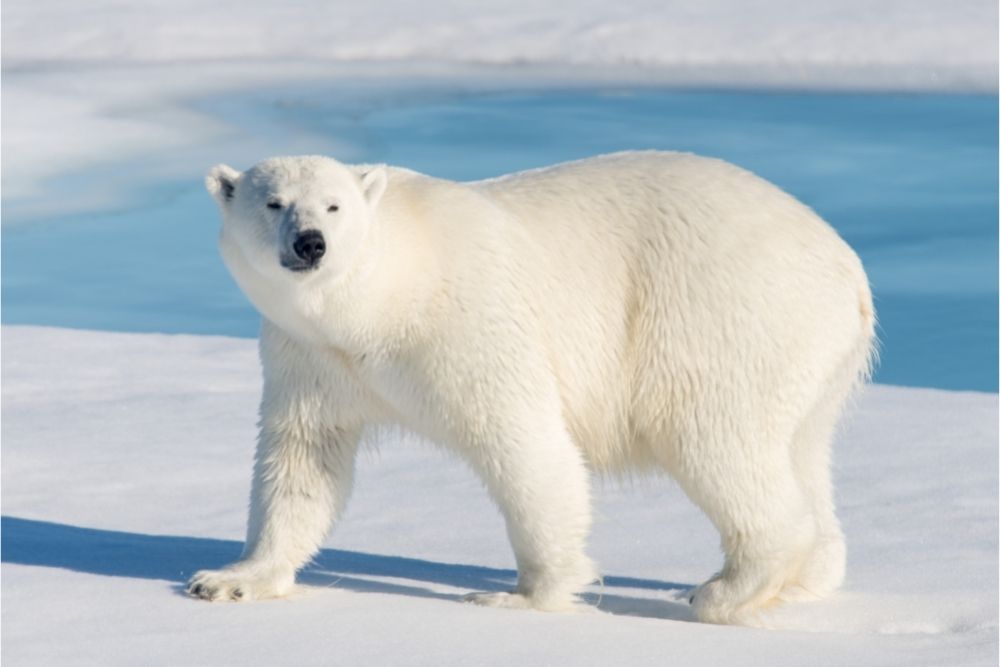
Birds
There are several different types of birds in the tundra. Due to the lack of seeds and vegetation, many of these birds are carnivorous or carrion birds.
The snowy owl is one of the most beautiful birds you can see in these regions, with its large wingspan and tendency to hunt for rodents close to the ground. They are mostly found in northern Eurasia and America, and you’re lucky if you manage to spot one.
Another stunning bird is the ptarmigan, a subspecies of grouse that far outshines its relatives. Its bright white plumage speckled with dark brown helps it blend in with the ground and keeps it safe from predators.
While the Antarctic doesn’t contain much tundra, parts of the coast and some surrounding islands have tundra regions on them. Here you can find multiple species of penguin, either on the shore or in the sea.
Sea Life
As mentioned before, some tundra areas are home to penguins. However, most tundra is in the northern hemisphere, so you won’t find any penguins there. Instead, there is plenty of other aquatic life.
Various types of seals live in the waters of tundra regions, where they eat mainly fish (or penguins if they live in the same area).
Whales may also be found nearby, as well as orca and narwhal. They will eat the fish and krill further away from the shore, though orca may hunt for penguins and seals.
There are also dozens of fish and crustaceans in the tundra, such as crabs, cod, and salmon. These are vital for maintaining the tundra’s ecosystem, as many animals need them as a food source.
Predators
On land, polar bears, gray wolves, and arctic foxes are the most dangerous predators. Their size, speed, and power make them great hunters, and they have adapted to the climate to more easily catch their prey.
In the water, penguins mostly hunt fish. Seals hunt fish too, but will also hunt penguins if they live in the same areas. Killer whales are the most dangerous animals in the sea and will hunt any prey it finds in the water.
Birds of prey like snowy owls will hunt rodents, while others like the kea are carrion birds. Due to the lack of other foods, birds either need to hunt animals or eat their remains.
Many animals have special adaptations to help them better hunt prey. Polar bears have a strong sense of smell to help them hunt seals, while arctic foxes’ fur changes to a stark white over winter for camouflage against the snow.
This gives predators an added advantage and makes it easier for them to hunt their scarce prey.

Prey
Smaller rodents are the favored target of many predators, like foxes and birds of prey. They may also be hunted by other small mammals like weasels.
Larger prey like caribou or goats are harder to take down but are still hunted by gray wolves. Smaller, weaker individuals may also be targeted by packs of arctic foxes on rare occasions.
The hierarchy of aquatic life in a tundra puts fish on the bottom, not counting small crustaceans and worms. Fish are hunted by many different animals, like penguins, seals, orca, some birds, and even other fish. Large fish like salmon also need to worry about polar bears.
A penguin’s main predator is the seal. Leopard seals in particular are a big threat, although they are less common in the tundra. Penguins are also hunted by killer whales, who may also hunt seals. And while penguins exist on the other side of the globe from polar bears, seals are the main part of a polar bear’s diet.
To keep themselves safe from predators, some prey has also adapted to the tundra. Just like Arctic foxes, Arctic hares also get a white coat of fur during snowy months. This helps keep them disguised against prey, as well as staving off the cold wind.
Final Thoughts
Despite its harsh conditions, many animals have made their home in the tundra.
While the tundra is hard to live in, these animals have adapted and persevered to live in one of the toughest climates on earth.

